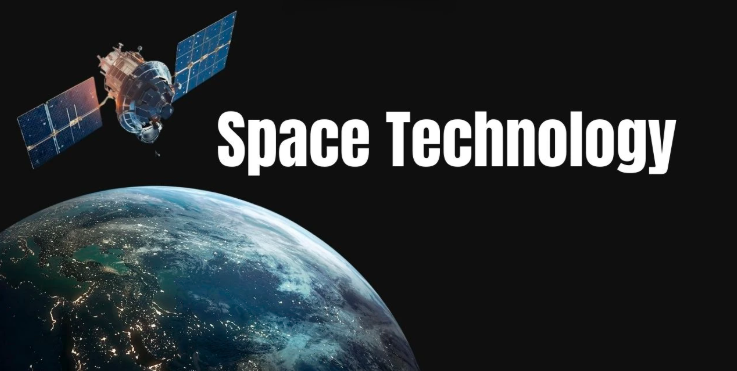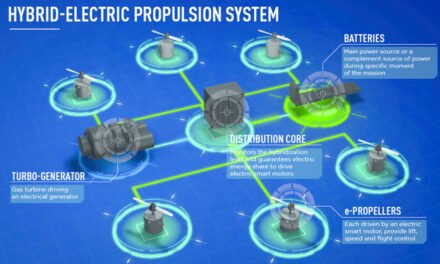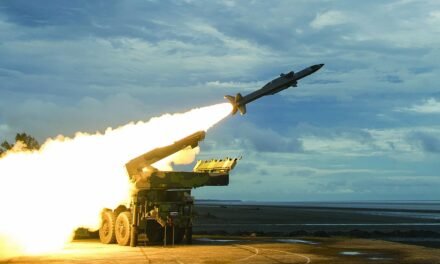Satellite manufacturing and deployment involve advanced technologies spanning multiple disciplines, from materials science and electronics to propulsion and communication systems. Here are the key technologies essential to satellite development and deployment:
1. Satellite Design and Structure
- Lightweight Materials:
- Use of composite materials like carbon fiber-reinforced polymers and aluminum alloys to create lightweight yet durable structures.
- Thermal protection systems to withstand extreme temperature fluctuations in space.
- Miniaturization:
- Development of small satellites (CubeSats, nanosatellites) with compact and efficient designs, reducing cost and complexity.
2. Power Systems
- Solar Panels:
- Photovoltaic cells, often made from gallium arsenide or silicon, to convert sunlight into electrical energy.
- Deployable solar arrays to maximize energy capture.
- Energy Storage:
- Advanced lithium-ion or solid-state batteries to store energy for use during eclipses or when solar power is unavailable.
3. Communication Systems
- Antennas:
- High-gain antennas for long-distance communication.
- Phased array antennas for beam steering without moving parts.
- Radio Frequency (RF) Technology:
- Use of specific frequency bands (C, Ku, Ka, and X-bands) for data transmission.
- Software-defined radios (SDRs) for adaptable communication protocols.
4. Propulsion Systems
- Chemical Propulsion:
- Traditional monopropellant or bipropellant thrusters for orbit insertion and station-keeping.
- Electric Propulsion:
- Ion thrusters and Hall-effect thrusters that provide high efficiency and low fuel consumption for station-keeping and deep-space missions.
- Green Propulsion:
- Development of environmentally friendly propellants to replace toxic chemicals like hydrazine.
5. Attitude Control and Navigation
- Reaction Wheels:
- Precision control of satellite orientation using gyroscopic effects.
- Magnetorquers:
- Magnetic rods or coils interacting with Earth’s magnetic field to adjust satellite attitude.
- Star Trackers and Gyroscopes:
- Optical devices for precise navigation by tracking stars.
- GNSS Receivers:
- Use of Global Navigation Satellite Systems (e.g., GPS) for position and orbit determination.
6. Thermal Control Systems
- Passive Systems:
- Use of thermal coatings, multilayer insulation (MLI), and radiators to regulate temperature.
- Active Systems:
- Heaters, pumps, and heat pipes to distribute heat evenly and prevent component overheating.
7. Onboard Computing and Data Handling
- Radiation-Hardened Electronics:
- Components designed to withstand high radiation levels in space.
- Artificial Intelligence (AI) and Machine Learning (ML):
- Autonomous systems for real-time decision-making, fault detection, and recovery.
- Command and Data Handling (C&DH):
- Systems to manage and process telemetry, commands, and data storage.
8. Payload Technologies
- Remote Sensing Instruments:
- Optical sensors, synthetic aperture radar (SAR), and hyperspectral cameras for Earth observation and scientific missions.
- Communication Payloads:
- Transponders, amplifiers, and beamforming technologies for broadcasting and data relay.
- Scientific Instruments:
- Specialized equipment for astrophysical research, planetary exploration, and environmental monitoring.
9. Launch Vehicle Technologies
- Reusable Rockets:
- Innovations like SpaceX’s Falcon 9 reduce launch costs by reusing first-stage boosters.
- Small Satellite Launchers:
- Dedicated launch vehicles for CubeSats and nanosatellites, enabling rapid deployment.
- Payload Deployment Mechanisms:
- Separation systems like spring-loaded mechanisms or clamp bands to release satellites into their designated orbits.
10. Ground Systems and Operations
- Mission Control Centers:
- Facilities equipped with advanced telemetry, tracking, and command (TT&C) systems for satellite monitoring and control.
- Ground Antennas:
- Large parabolic dishes and phased array systems for communicating with satellites.
- Data Processing:
- High-performance computing (HPC) systems to process vast amounts of satellite-generated data.
The integration of these advanced technologies enables satellites to perform complex tasks reliably, efficiently, and sustainably. Innovations in satellite manufacturing and deployment are driving down costs, enhancing capabilities, and expanding the accessibility of space-based services to governments, businesses, and consumers worldwide.













